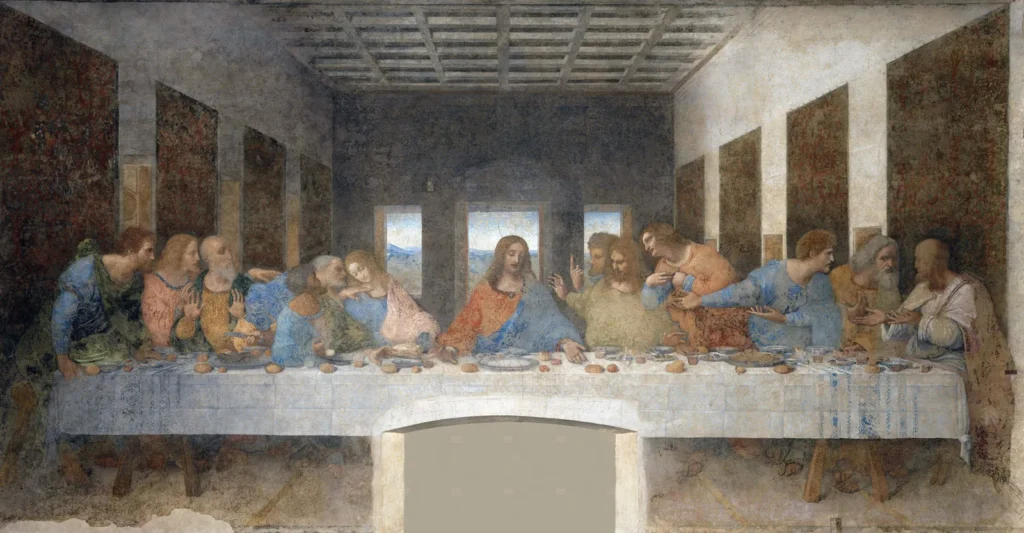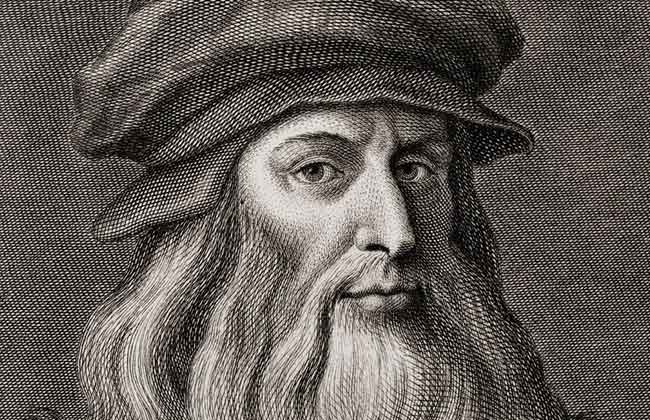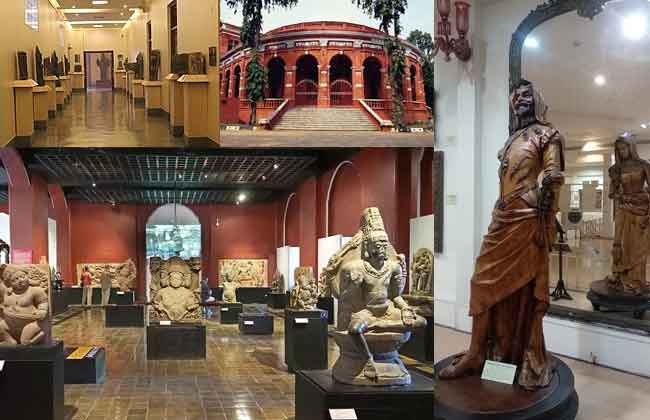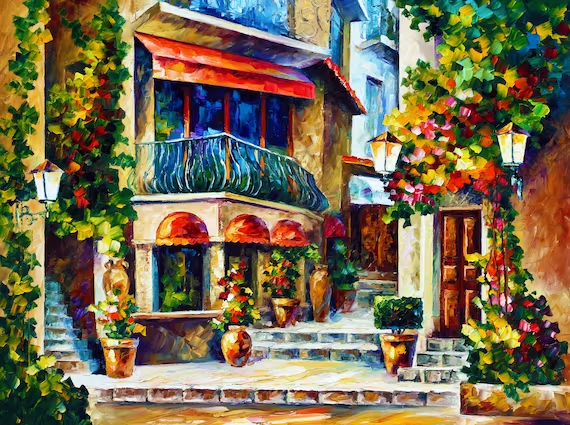Leonardo Da Vinci: Leonardo da Vinci is one of the most renowned artists and inventors in history, known for his incredible talents in painting, sculpture, architecture, and engineering. Born in 1452 in the small town of Vinci in Tuscany, Italy, Leonardo showed early signs of genius and creativity, and would go on to create some of the most iconic works of art and scientific discoveries of his time.
From a young age, Leonardo showed a deep fascination with the natural world and a desire to understand how things worked. He spent countless hours studying and sketching plants, animals, and human anatomy, and was particularly interested in the movements and expressions of the human body. This fascination with anatomy would later inform his art, allowing him to create incredibly lifelike and expressive figures.
As a teenager, Leonardo was apprenticed to the artist Andrea del Verrocchio in Florence, where he learned the skills of painting, sculpture, and metalworking. It was during this time that he created his first significant works of art, including the Baptism of Christ, which he painted in collaboration with Verrocchio.
Leonardo’s artistic talents were soon recognized by the powerful Medici family, who employed him as a painter, engineer, and designer. During this time, he created a number of important works of art, including the famous Last Supper fresco in Milan, which is still regarded as one of the greatest masterpieces of Western art.

In addition to his art, Leonardo was also deeply interested in science and engineering, and is widely regarded as one of the greatest thinkers and innovators of his time. He was particularly interested in the principles of mechanics, hydraulics, and flight, and spent countless hours sketching and designing machines that were centuries ahead of their time.
One of Leonardo’s most famous inventions was the flying machine, a precursor to the modern airplane. While he was never able to build a functioning flying machine, his sketches and designs influenced later inventors and engineers, and many of his ideas are still used in aviation today.
Leonardo was also a master of perspective, a technique that allowed him to create incredibly realistic and immersive works of art. He was one of the first artists to use perspective in a scientific way, studying the laws of optics and the way that light and shadow interacted with objects to create the illusion of depth and dimension.
Despite his incredible talents and accomplishments, Leonardo was known for his restless and curious nature, and was constantly seeking new challenges and opportunities to explore. He moved frequently throughout Italy and France, working on a range of projects for various patrons and clients.
In addition to his art and science, Leonardo was also a writer and philosopher, and left behind a wealth of notebooks filled with his ideas, musings, and observations on a wide range of topics. These notebooks are considered some of the most important documents in the history of science and art, providing insight into the mind of one of the greatest thinkers and innovators of all time.

Today, Leonardo da Vinci is remembered as a true Renaissance man, a genius who was equally skilled in the arts and sciences, and who made significant contributions to both fields. His legacy continues to inspire artists, scientists, and thinkers around the world, and his works remain some of the most beloved and admired in the history of art. From the enigmatic smile of the Mona Lisa to the soaring vision of the flying machine, Leonardo’s creations continue to captivate and inspire us, centuries after his death.
Read Also: Art Styles and Movements
![]()






2 thoughts on “Leonardo Da Vinci”